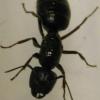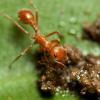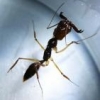So I found a queen sometime late last summer, I don't remember the date. It was in central Colorado. It's fairly small I can't really get an accurate measurement but my pictures should help with that. It was on my driveway, I live in a semi-arid, sort of dry area with pine trees.
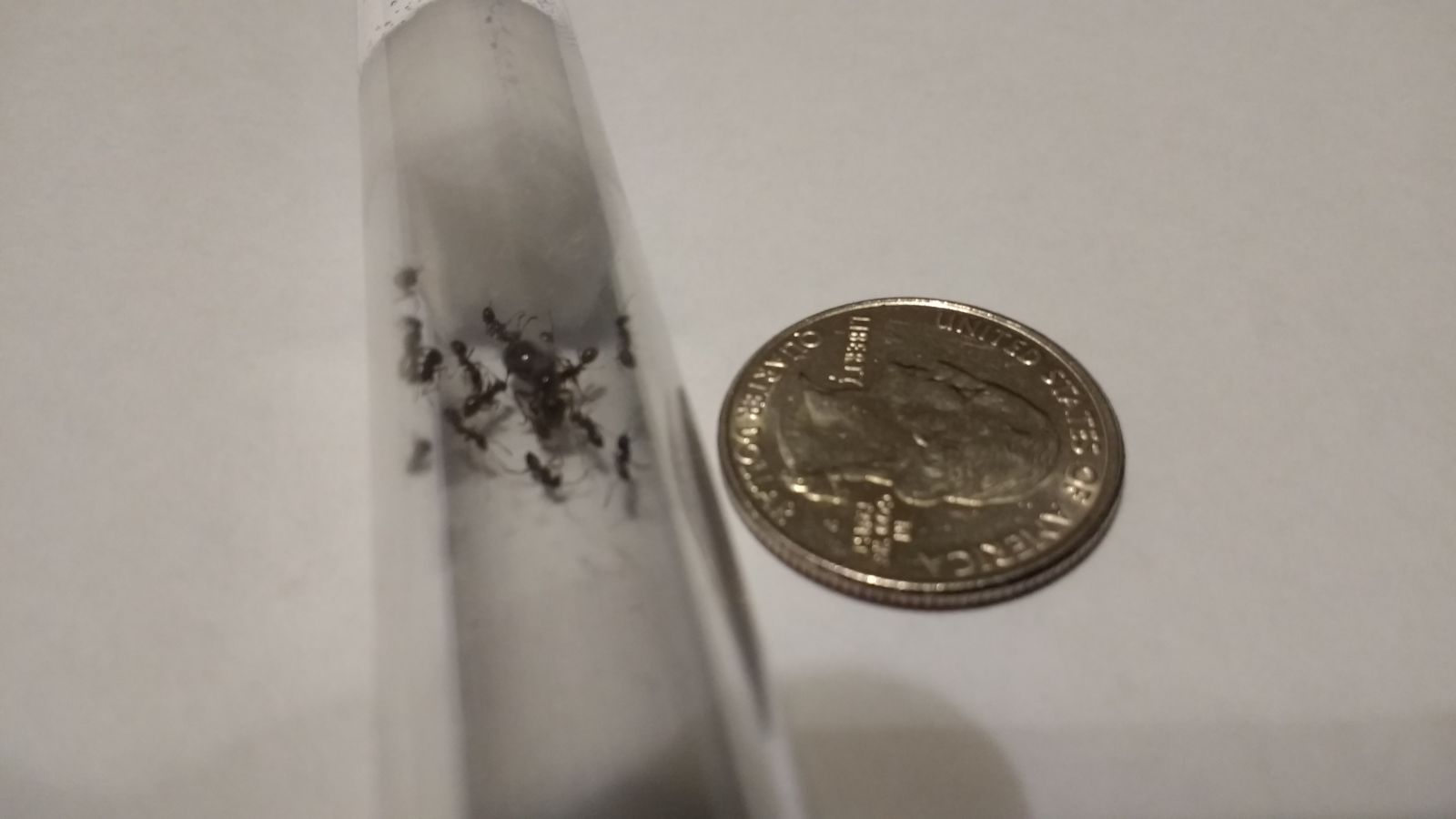
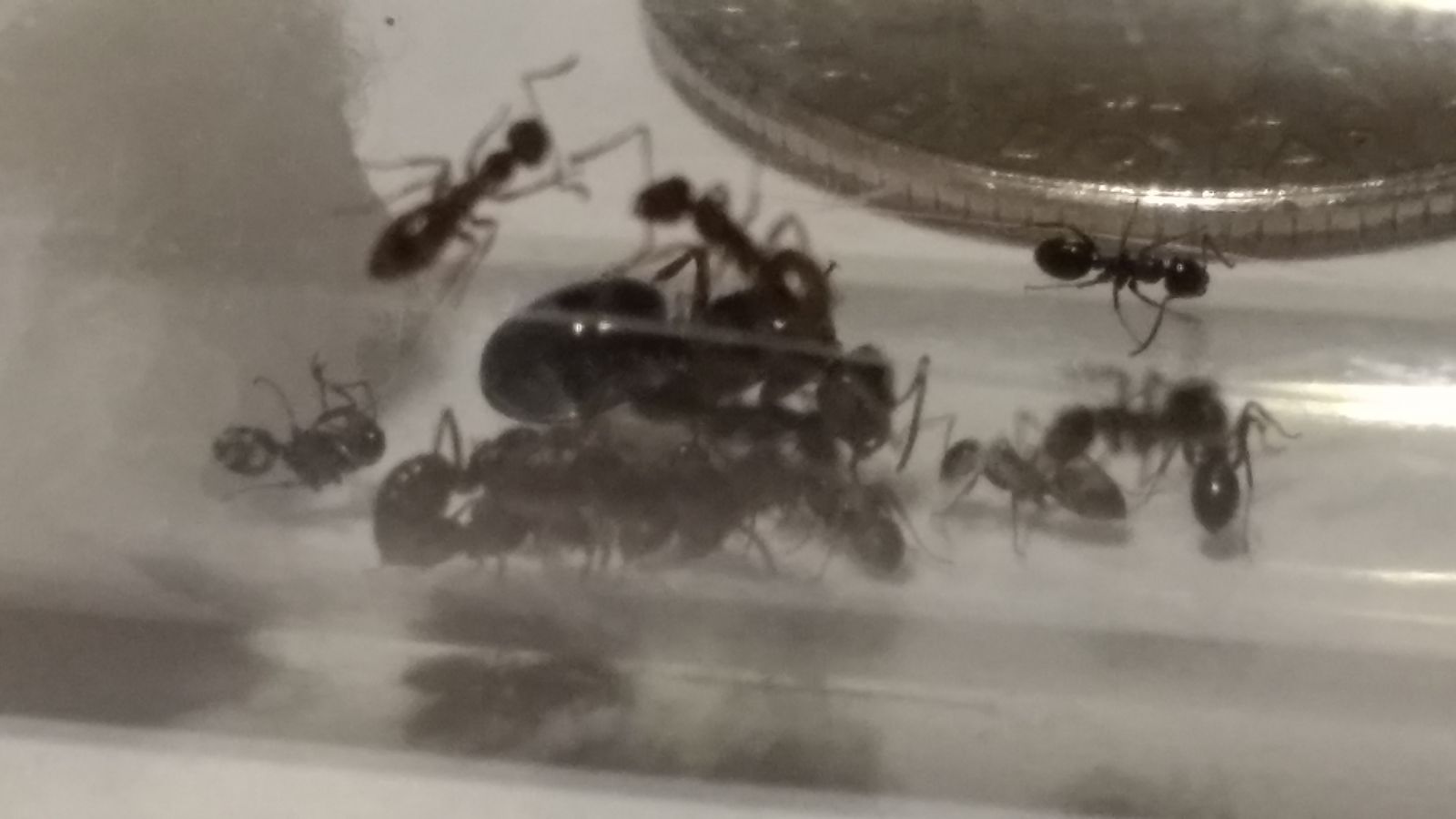
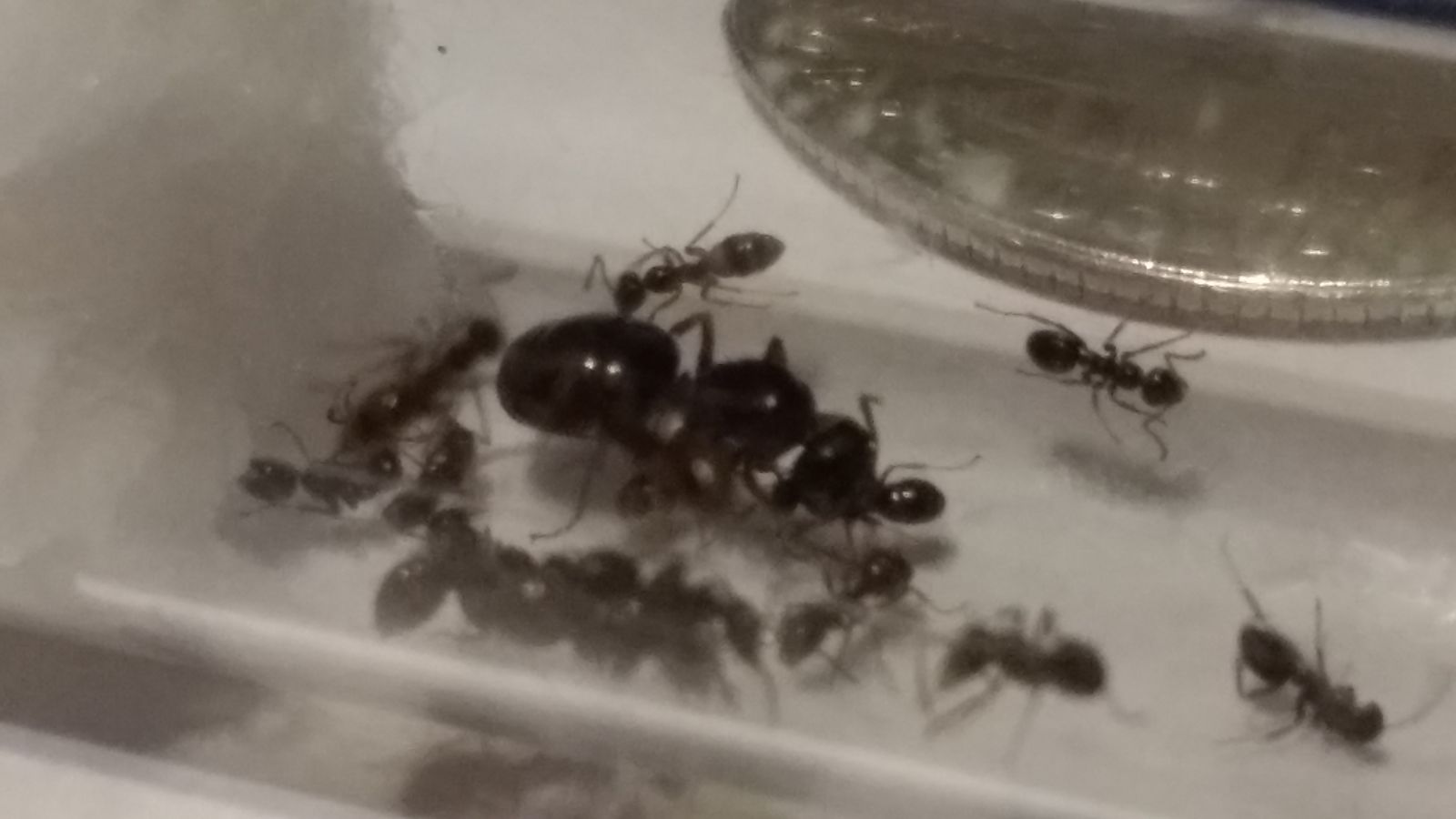
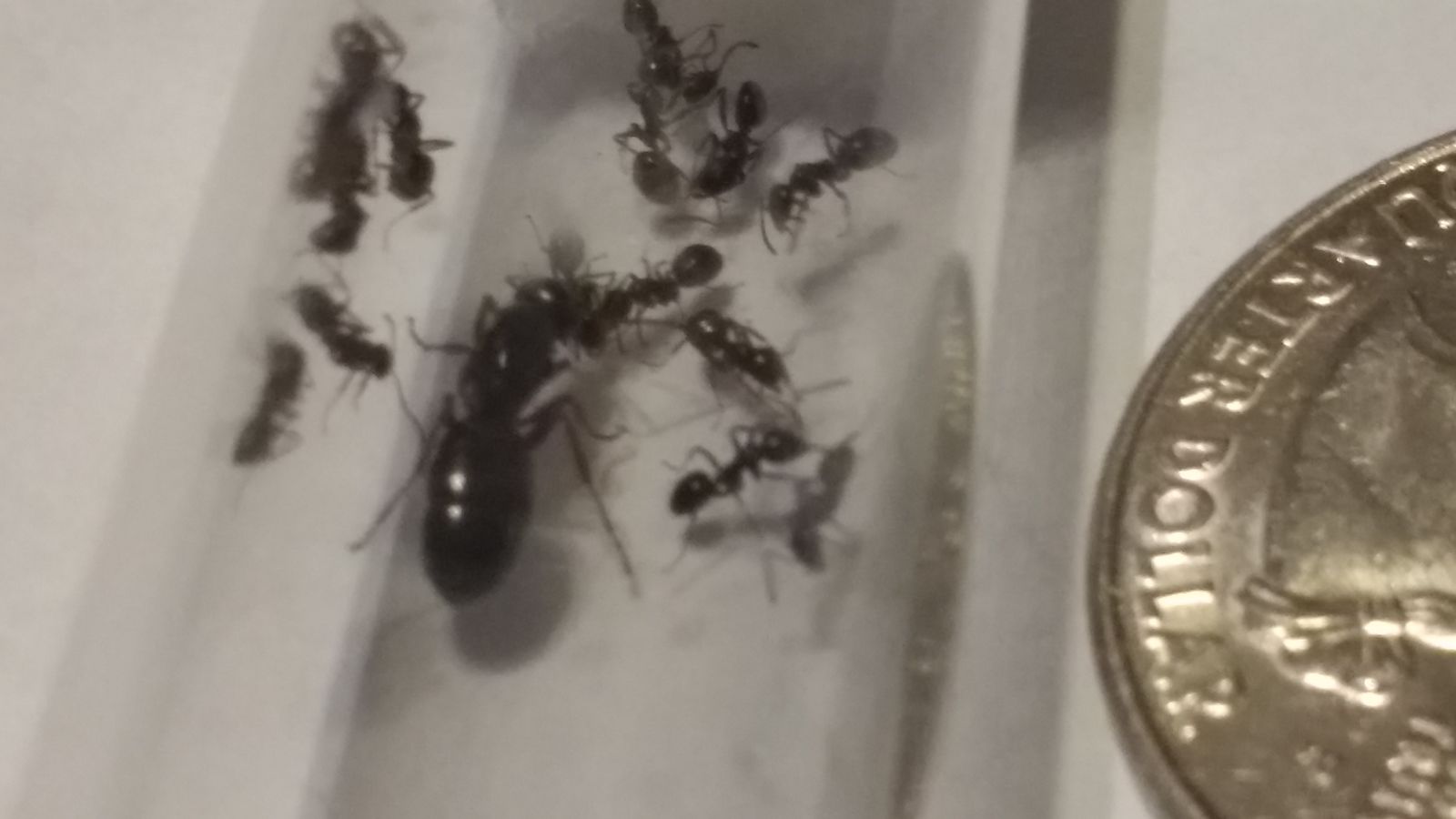
Edited by Vityou, November 26 2016 - 5:23 PM.



